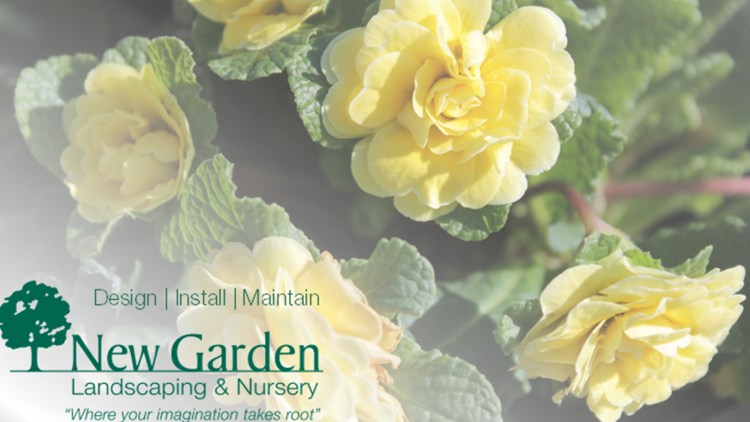GREENSBORO, N.C. — Don’t work in plant beds if the soil is soggy-wet. This can cause compaction, which reduces the soil’s ability to hold oxygen and absorb water and nutrients. It also can cause clods that are difficult to break up. To test, squeeze a handful of soil. If it sticks together like clay, the soil is too wet. If it crumbles you’re good to go.
Apply Weed & Feed to lawns if not previously fertilized with slow release fertilizer. Apply only after weeds have emerged.
- Watch for Lacebugs on Azaleas and Cotoneasters, especially in sunnier locations. They cause whitish, stippled leaves with tiny brown-black flecks on the undersides of the leaves. Since
- Lacebugs feed on the undersides of the leaves, low-toxicity pesticide controls such as horticultural oil and insecticidal soap must be applied there to be effective. Thorough coverage is essential, and make applications 7-14 days apart, or as directed on label.
Remove faded tulip and daffodil flowers with scissors. Wait until foliage of spring blooming bulbs yellows before cutting off. Do not braid or bundle the leaves after flowers fade-as long as they are green they’re providing valuable nutrients to recharge the bulb.
Check your irrigation system for leaks when you turn it back on-leaking water can cost you money! Adjust timing from last season if necessary.
Spray roses for leaf spot prevention & insect control. To keep them clean all season, plan on spraying every 7-10 days.
Apply deer or rabbit repellants to new plantings. Reapply as new growth emerges so it is protected, and/or after heavy rains.
April is an excellent month to plant perennials, giving them some time to establish before heat sets in.



